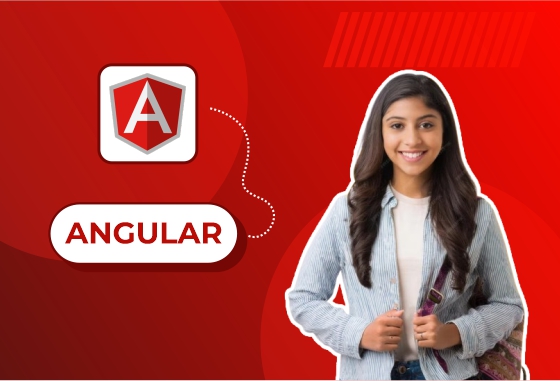
Voice-Based Learning Assistant for Visually Impaired
Objective:
To build an accessible e-learning assistant that enables visually impaired students to navigate course materials, listen to lectures, ask questions, and receive assistance using voice commands and text-to-speech (TTS) and speech-to-text (STT) technologies.
Key Features:
User Panel (Visually Impaired Student):
-
Voice-based login and authentication
-
Navigate menu and courses using voice
-
Listen to course content: PDFs, text, video subtitles
-
Ask queries via voice and receive audio replies
-
Bookmark sections or request repetition
-
Offline mode to access downloaded lessons
Instructor Panel:
-
Upload and structure audio-friendly course materials
-
Add voice-over or subtitle support for videos
-
Respond to queries submitted by visually impaired users
-
Convert answers into voice responses
Admin Panel:
-
Manage users, content, roles
-
Monitor usage analytics
-
Moderate voice interactions and content uploads
Tech Stack:
| Layer | Technology/Tool |
|---|---|
| Frontend | Voice-Enabled UI using HTML5 Web Speech API / React with ARIA Support |
| Backend | Node.js + Express / Django / Flask |
| Database | MongoDB / MySQL / Firebase Realtime DB |
| Speech-to-Text (STT) | Google Speech-to-Text / IBM Watson / Azure Speech |
| Text-to-Speech (TTS) | Google Text-to-Speech / Amazon Polly / eSpeak |
| Authentication | OAuth / Voice Authentication (Optional) |
| Mobile Support | React Native / Flutter with Voice Assistant SDK |
| Hosting | Firebase / AWS / GCP |
Workflow (Step-by-Step):
1. Voice-Activated Login
-
User opens the app and is prompted to speak a passphrase
-
Backend validates credentials or uses voice biometrics (optional)
-
On success, audio message confirms login
2. Course Navigation by Voice
-
Assistant asks: “Which subject would you like to learn today?”
-
User responds, and system fetches matching course content
-
Commands like “Next topic”, “Repeat that”, “Exit course” are understood and executed
3. Audio-Based Learning
-
System reads aloud textual content using TTS
-
For videos, transcripts or audio summaries are played
-
Background playback continues while phone screen is off (for mobile app)
4. Doubt Submission via Voice
-
User says, “I have a doubt” → records voice
-
Voice is converted to text via STT
-
Instructor receives question as text/audio
-
Instructor replies, which is converted to TTS and delivered as audio
5. Offline Mode
-
Users can download course sections in advance
-
Stored locally for later playback without internet
6. Instructor Response Handling
-
Instructor receives STT text of question
-
Can reply via voice or type the answer
-
System sends reply as audio message
7. Admin Monitoring
-
Admin panel logs voice sessions
-
Checks for system performance and errors
-
Tracks most-used courses and commands
Accessibility & Compliance:
-
WCAG 2.1 AA compliance
-
Keyboard-independent navigation
-
High-contrast audio feedback tones
-
Compatible with screen readers
Optional Advanced Features:
-
AI-based voice summarization for long PDFs
-
Multilingual voice assistant support
-
Personalized learning path recommendations via voice
-
Voice-based quizzes with instant feedback
-
Smart dictionary integration (define terms on request)
Outcome:
This project empowers visually impaired learners by making education fully accessible through voice interaction. It creates an inclusive, independent learning environment with intelligent audio assistance.





